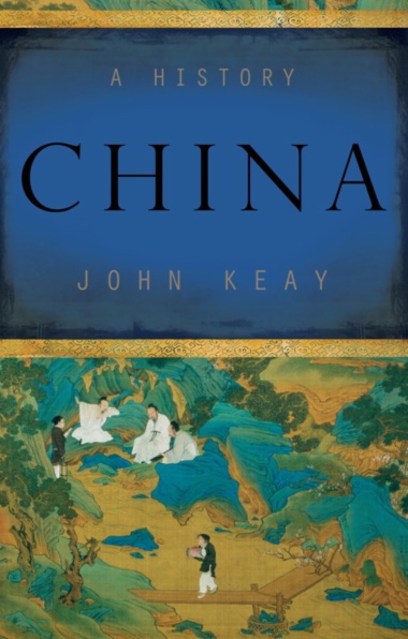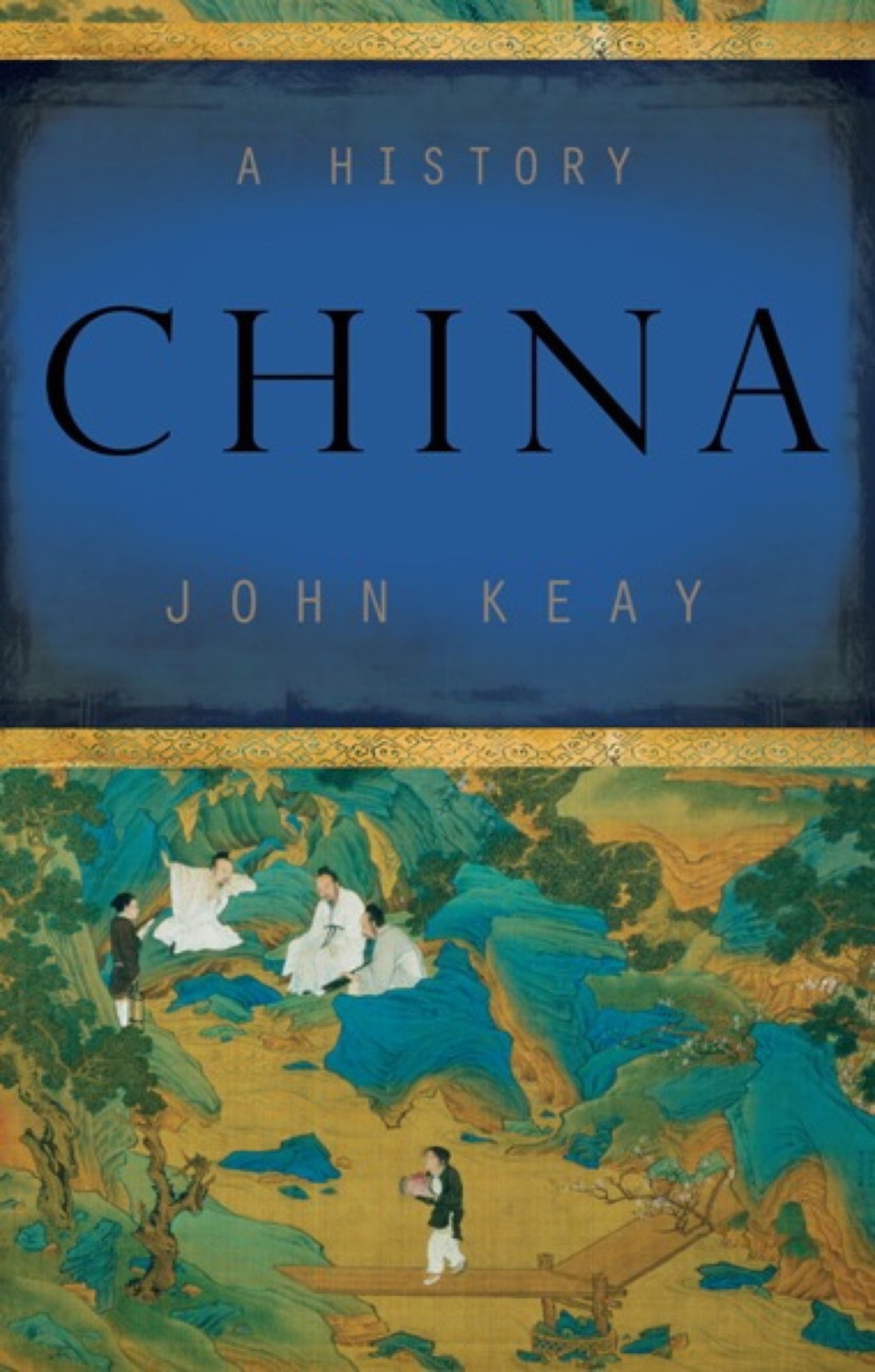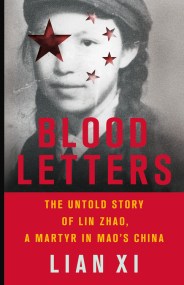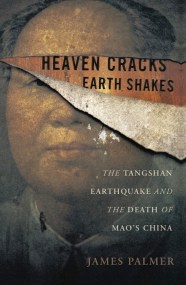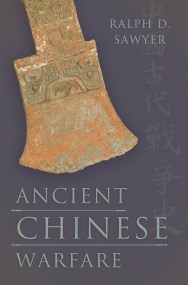Promotion
Use code MOM24 for 20% off site wide + free shipping over $45
China
A History
Contributors
By John Keay
Formats and Prices
Price
$16.99Format
Format:
- ebook $16.99
- Trade Paperback $24.99
This item is a preorder. Your payment method will be charged immediately, and the product is expected to ship on or around October 6, 2009. This date is subject to change due to shipping delays beyond our control.
Also available from:
Many nations define themselves in terms of territory or people; China defines itself in terms of history. Taking into account the country’s unrivaled, voluminous tradition of history writing, John Keay has composed a vital and illuminating overview of the nation’s complex and vivid past. Keay’s authoritative history examines 5,000 years in China, from the time of the Three Dynasties through Chairman Mao and the current economic transformation of the country. Crisp, judicious, and engaging, China is the classic single-volume history for anyone seeking to understand the present and future of this immensely powerful nation.
Genre:
- On Sale
- Oct 6, 2009
- Page Count
- 624 pages
- Publisher
- Basic Books
- ISBN-13
- 9780465020027
Newsletter Signup
By clicking ‘Sign Up,’ I acknowledge that I have read and agree to Hachette Book Group’s Privacy Policy and Terms of Use
